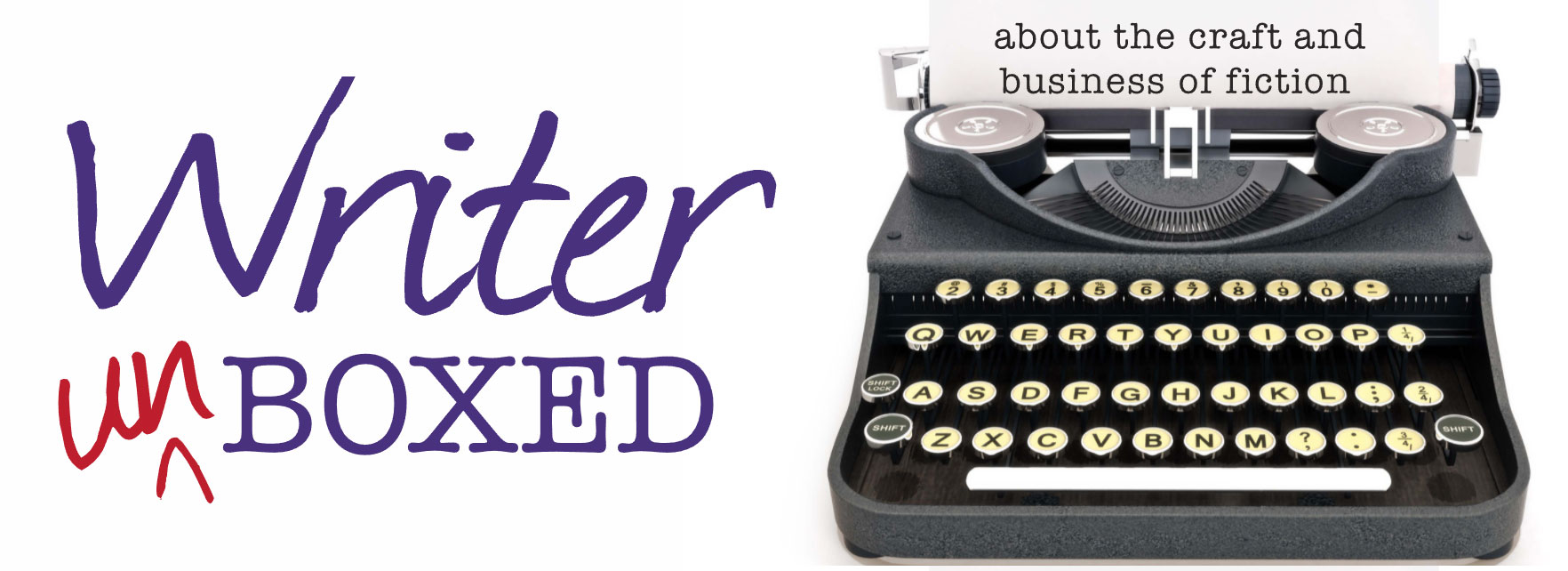Posts by Tessa Barbosa
Do you want to know the truth? My first novel came out last year. I was SO excited to finally have the book out in the world. It took seven years between the first draft and publication. I had a lot of fun meeting writers and readers, because I love talking about stories. I didn’t even mind the promo!
But I was falling apart, struggling with anxiety attacks, and depression. I ended a 16 year marriage. My father got cancer and I moved in to help care for him. He died before the book came out. I also had to navigate deadlines for two careers, single parenting two young children, legal paperwork, and trying to find a place to live in an expensive city, while dealing with an uncooperative ex.
I had minutes to rush my makeup for events. Some days I had to jump from feeding a toddler straight into a Zoom calls. I was filming videos in a corner of my old bedroom in my Mom’s house, and living out of my luggage. I’ve gone to book panels shaking, because I spent so much energy de-escalating a child’s meltdown right before. I was sick constantly thanks to daycare germs. I was a complete mess.
Getting published didn’t change my life, but the story gave me something to look forward to when there was nothing else. I will forever be grateful for the experience.
These days, I’m still struggling. Therapy helps, but it can’t fix the times that I need a break for a few minutes, or the time to eat a proper meal, or when one of my kids is having a tantrum in the middle of a store. My skin has responded to all the stress by breaking out like I’m a teenager again.
I cover up my pimples and put on a smile. I film videos that I don’t rewatch, because I can’t stand to look at myself. I delete a lot of them. Somehow, I still make my deadlines. I keep driving the same rusty old car with a trunk that fills up with water when it rains and pray that it doesn’t die on me. I force myself to take photos of myself, because I lived too long without documentation of my life. I hope that one day, things will be easier, and I won’t have to just pretend that I am ok. I hope that one day I’ll feel more confident, and comfortable in this body, because I have time to take care of myself again.
Can anyone tell I’m just faking it? I don’t know.
I feel guilty that I can’t do more. I want to be present. I want to be productive. But I am so exhausted. I can feel a new story bubbling up inside, but every time I sit down to try and let it out, I can’t. The words feel flat. Nothing seems to work…
And maybe that’s okay? Perhaps this is just my season to grow roots under the dark soil, and not for blooming.
Are there times you couldn’t write? How did it pass?
Read MoreOne thing you’re bound to deal with when you pursue publication is editorial feedback. Either from beta readers, critique partners, or professional editors. It’s been more than a decade, but every time I get a feedback email (no matter how lovingly written) I STILL sit there in sheer terror for minutes/hours/days, before I can bring myself to read it. Can you relate?
In the end, it benefits me more than anyone else to actually read the feedback, make sense of it, and push past my fear of messing up. Here’s how I handle it:
Not when I’ve had a bad day, I’m stressed or I’m tired. I like to remind myself that the people sending me feedback are people I respect, and I asked for their opinion. Their job is to help me tell the story I’m trying to tell in the best way, and they’ve lovingly used their time to go through my story to help me.
I let things marinate in my head, and think about which points are valid and which are not. If I’m having a strong emotional reaction to a piece of feedback, I need to think about why. If I want to reject a piece of feedback, that’s okay too, but I also need to know why.
BUT remember that even though someone points out something is wrong, they may not know the real reason, or how to fix it. That’s up to you to figure out.
Each list depends on what editorial feedback I received. I cut and paste all the points raised into lists in a new document. When I’m done, I have several pages of concrete things I need to fix in the novel. I cross each one off as I fix it in the manuscript, so I can track whether or not I’ve addressed all the issues I needed to.
An example of list categories:
I like to create a simple spreadsheet after I complete the first draft of a novel, and in each row, I’ll write down one sentence description for each scene in the book, numbered by chapter and scene. For ex. 5-1 = Chapter 5, Scene 1. This helps me find all the places where I need to fix things, and when things […]
Read MoreAre you guilty of writing books with huge casts of characters? I write big long fantasy novels, so it’s kind of my thing. Honestly, I love books with a big cast. They make worlds feel richer and more real, but sometimes even I have a hard time keeping track of who’s who. And not all characters can be granted enough space to establish full personalities and depth on the page.
Confusion can kill immersion in a story, which is what we want to prevent (unless it’s on purpose). So what can you do to help readers along? Here are a few craft tricks you can use to make even minor characters easier to remember.
1. Give each character a defining visual cue.
A visual cue can immediately remind a reader who a character is even if they aren’t named. Visual cues can be simple: from a ponytail, to a dimple in a cheek, or a pair of glasses that is always slipping down someone’s nose. You could go all out and give your main characters personal style: always wearing black, or never smiling etc. The main idea is to pick a cue that is almost always present, so you can use it to quickly remind readers who a character is if they haven’t been on page for a while.
Victoria Schwab, and Sabaa Tahir are masters at this. In Schwab’s Shades of Darkness series, Kell wears a magic red coat that he rarely goes without. It’s so iconic that it appears in the first line of the first book. In Tahir’s An Ember in the Ashes series, Helene Aquila is recognizable by her blonde crown braid and silver mask. Guess who gets cosplayed often? Visual cues also happen to be an easy way to encourage fan art.
2. Make sure your character names aren’t too similar.
You can do this by using different letters of the alphabet to name your characters or different ending sounds if characters use the same letter.
The Bridgerton books are one fun example. The name of each Bridgerton sibling appears in alphabetical order to match their birth order: Anthony (the oldest), Benedict, Colin, Daphne, Eloise, Francesca, Gregory and Hyacinth (the youngest). For readers jumping from one book to the next, it’s a handy way to remember in relative terms how old everyone is.
3. Consider speaking patterns.
Characters may use different slang or idioms depending on their age, personality, or relationship to other people. Do they curse? Are they polite? Are they formal? Do they joke around? Are they sarcastic? Do they have a favorite phrase?
Take the Lord of the Rings, for example. Sam always calls Frodo “Mr. Frodo” but Frodo always just calls Sam “Sam.” It may not seem like much, but this one little thing reinforces the social hierarchy between them. Frodo is the main character, and a class above, while Sam is his helper. The actors in the movies doubly reinforce this by speaking in different accents.
4. Don’t name characters that aren’t important.
There are always exceptions to this rule, but I usually attempt it, because each name you add to a story is another thing a reader […]
Read MorePlease welcome Tessa Barbosa to Writer Unboxed today! Tessa’s debut YA Fantasy novel–not yet titled–will be published by Entangled Teen in 2023! Tessa is a pro-juggler, not only surviving but thriving through the chaos of family life, working a day job, and nurturing a young writing career. How does she do it? She’s here today to share some tips with us.
You can learn more about Tessa at tessabarbosa.com and by following her on Twitter and Instagram (@HiTessaBarbosa).
Tessa’s Guide to Writing with Kids — AKA Hack Your Routines!
When I had my first child, I worried I’d never have time to write again. Instead, two young children, a full-time dayjob, and a book deal later, I’ve been writing more than I ever did before. Sometimes my friends ask me how I manage to do it all, and the honest answer is: I don’t. Often the family or day job takes priority, but writing is important to me too. I’ve found ways to get words down, however I can and whenever I can. Juggling everything isn’t easy, but it’s not impossible!
Here are some tips for fitting in writing when life is busy:
Do Your Writing Prep Away from the Computer
Doing as much prep as you can when you’re away from a computer means less time wasted when you sit down to it. Daydreaming scenes while the kids play at the park, plotting chapters while loading dishes, taking notes on the bus: all of these are ways to sneak in writing prep time. I used to carry around a little notebook, but these days I add notes to my phone. As a bonus, if your hands aren’t free, you can dictate to your phone too.
Skip the Rituals
There’s no time to wait for the perfect writing conditions. That favorite music, hot cup of tea, scented candle, perfectly clean room, special pen… these rituals can help get you in the zone, but when you’re pressed for time, they can eat up what little you have. It’s best to just jump right in.
Strip down your writing routine to only the essentials, so that whenever you find any bit of free time, you can maximize the amount of time you have for getting words down.
Write in Short Sprints
When it’s hard to find a long stretch of free time to write, short sprints can be just as effective.
The pomodoro technique works well, but if you have kids, you don’t even need a timer. Let your kids be the timer! How long do you have before you have to break up a fight or someone asks for a snack? Break up that fight, or deliver that snack, and start your next sprint. Even 10 minutes at a time adds up.
Trick Your Brain
This can involve a lot of trial and error, but that’s fine! If something doesn’t work for you, don’t force it and try something else. You need to understand how your brain works best. Here are some tricks and experiments I’ve tried and that have worked for me:
Read More















